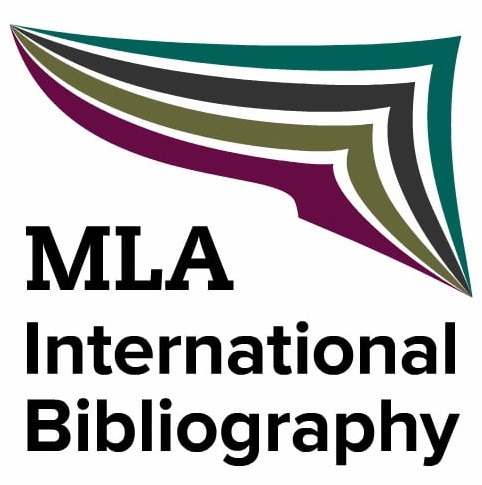Activating Visual Imagination: Ida Fink’s Tangible Narrative
DOI:
https://doi.org/10.13135/2281-6658/3104Parole chiave:
Narrative Techniques, Photography, Imagination, Ida Fink, Holocaust, Memory, Public and Private SpacesAbstract
Ida Fink’s short story “Traces” is a prime example of the conjuring power of a narrative that makes use of a photograph. Fink relies on the primacy given to the visual sense; in addition, she relies on a pervasive basic assumption regarding photography, namely that photos are faithful to the reality they capture, and correspondingly are endowed with a truth value. Yet the photo described by a witness to Nazi atrocities is perplexing: taken shortly after the murder of the village’s Jews, it is almost completely empty, since the only visible signs of life are the footmarks they left on the snow. Fink nonetheless manages to use this photo in her narrative and turn the existence of the traces’ owners into a tangible presence. Yet the testimony of the last survivor of the village is as fragile and problematic as the photograph is prone to manipulations. Both testimony and photograph perpetuate what cannot be seen, in a manoeuvre that reminds one of Jochen Gerz’s “vanishing memorial,” organically turning the invisible existence of the dead into cobble stones bearing the names of Jewish cemeteries upside down, so we may—or may not—be stepping on a replicated grave-stone. Both Gerz and Fink use barely visible traces as a constitutive middle ground for creator and reader / viewer, to demonstrate that the most powerful of visual capacities must be ceded to imagination.Downloads
I dati di download non sono ancora disponibili.
##submission.downloads##
Pubblicato
2018-12-25
Fascicolo
Sezione
Percorsi | History, Memory, Postmemory
Licenza
Gli autori mantengono i diritti sulla loro opera e cedono alla rivista il diritto di prima pubblicazione dell'opera, contemporaneamente licenziata sotto una Licenza Creative Commons - Attribuzione che permette ad altri di condividere l'opera indicando la paternità intellettuale e la prima pubblicazione su questa rivista.







